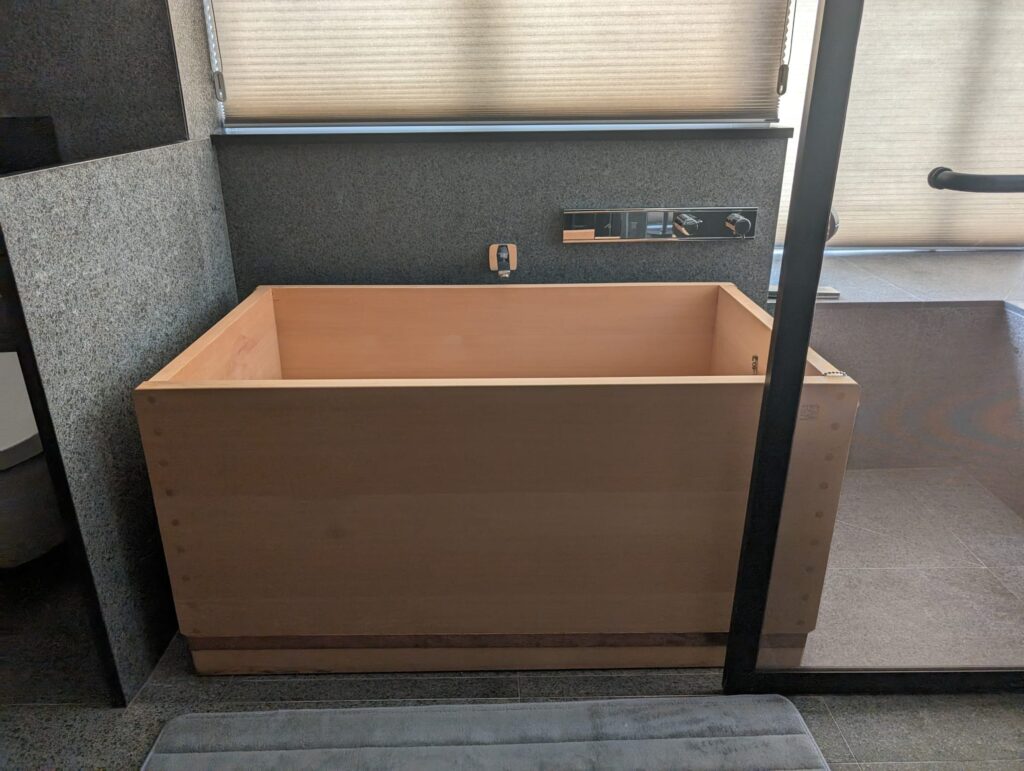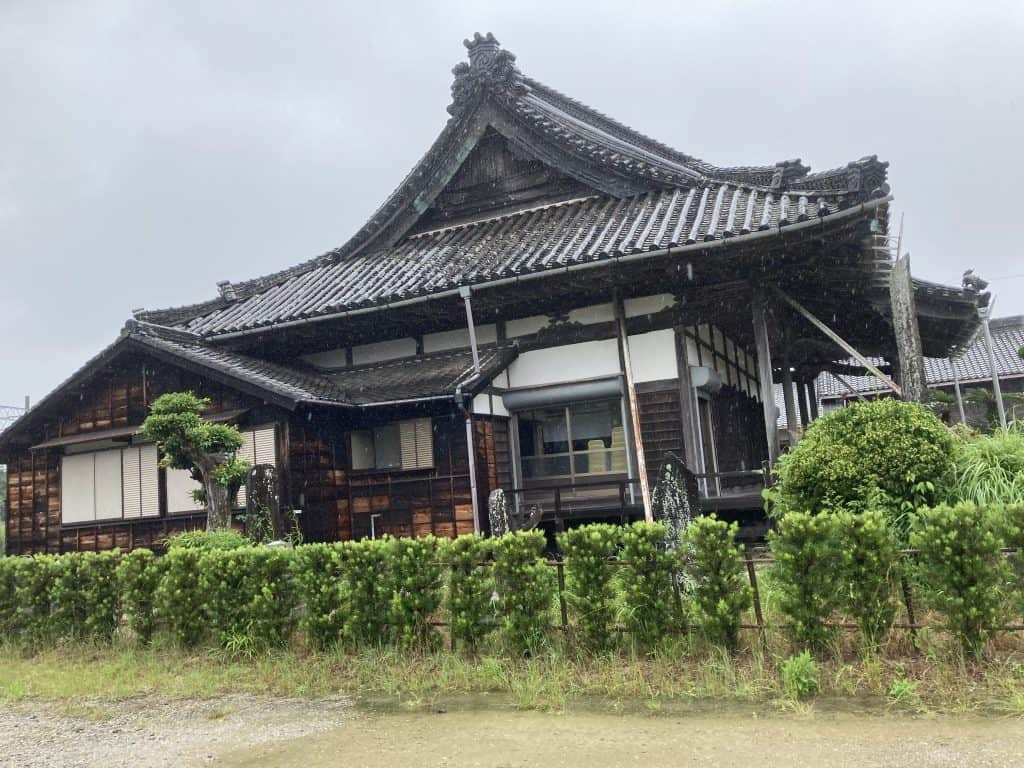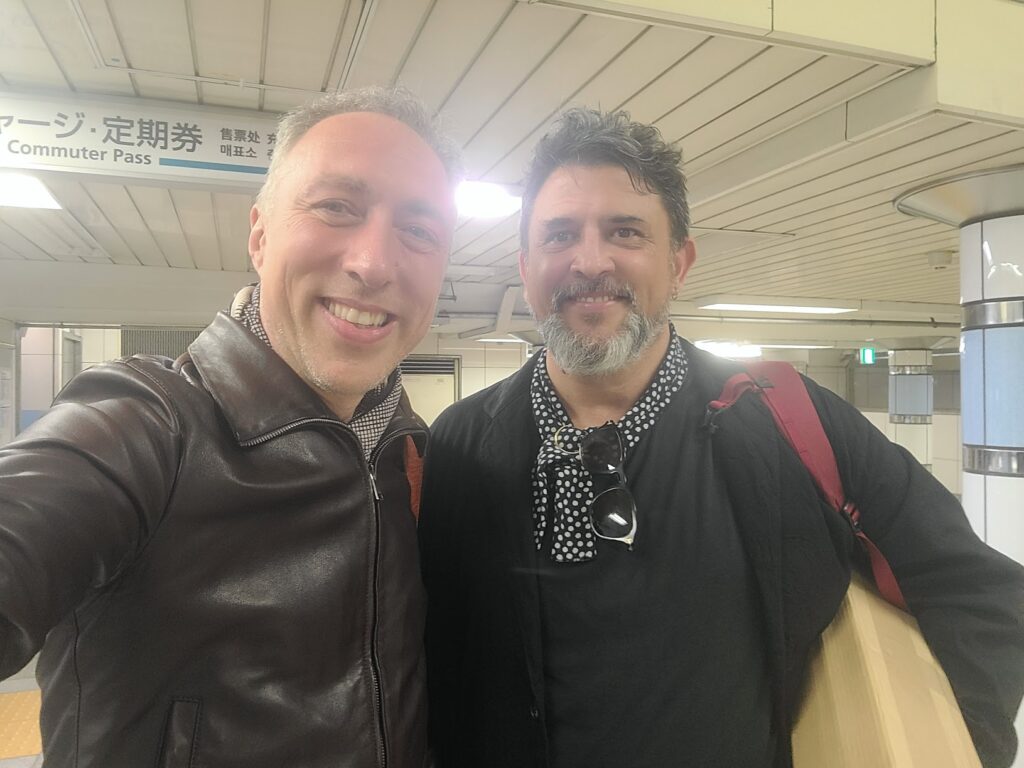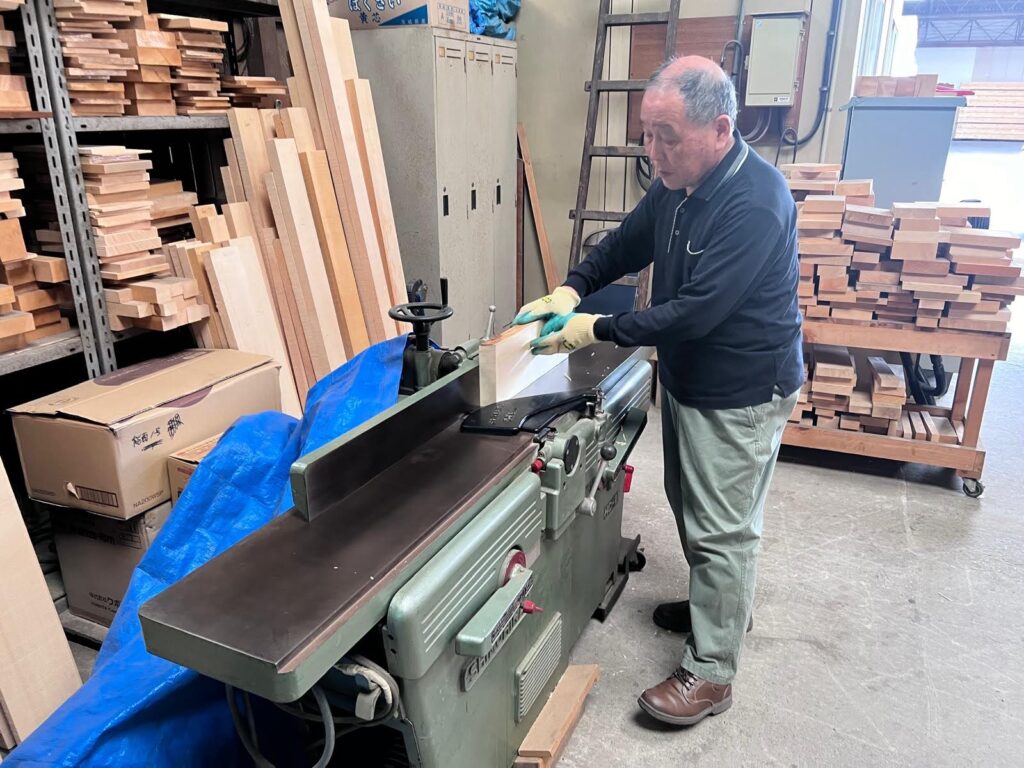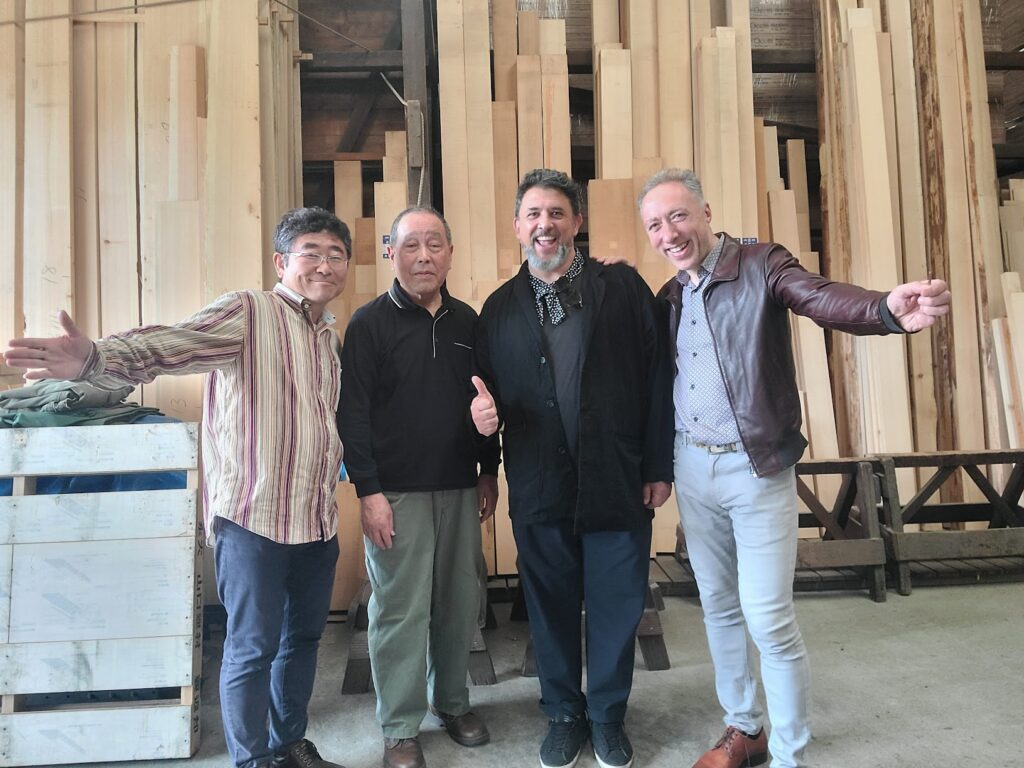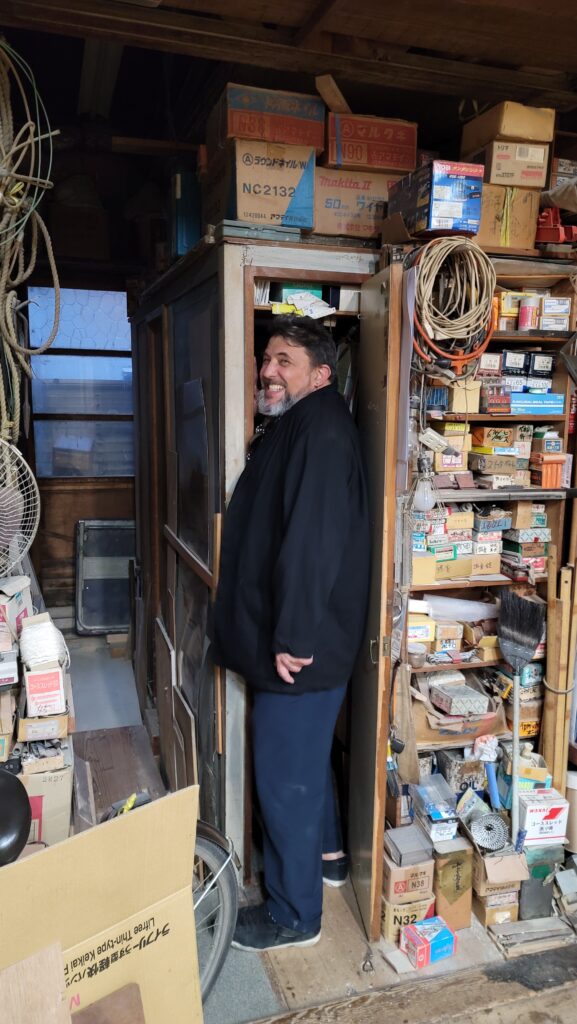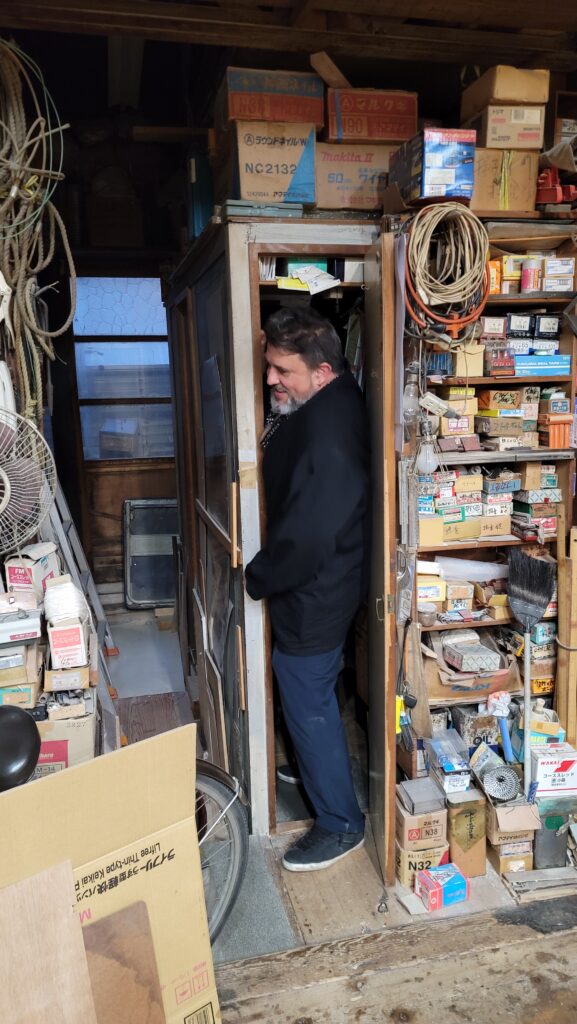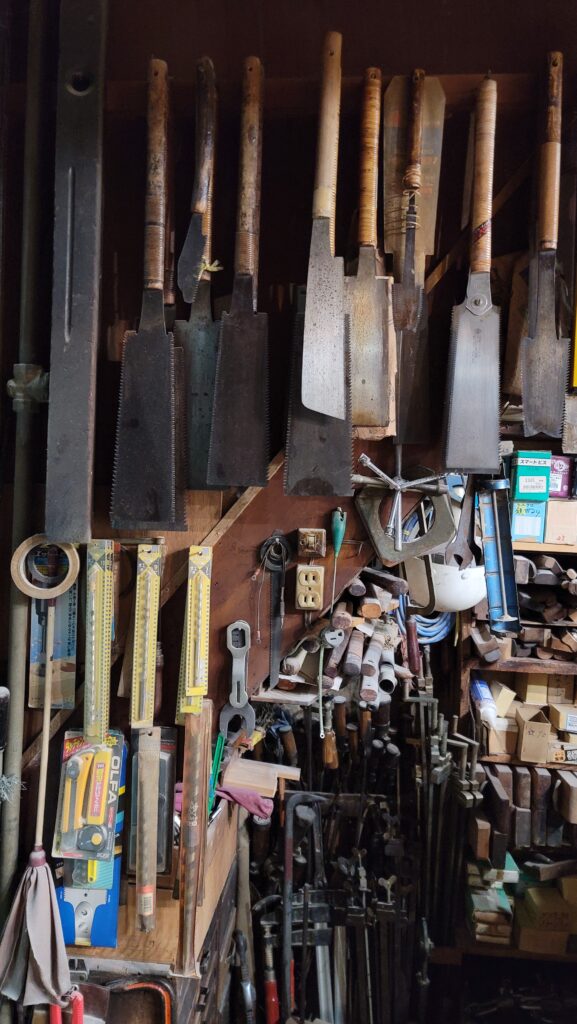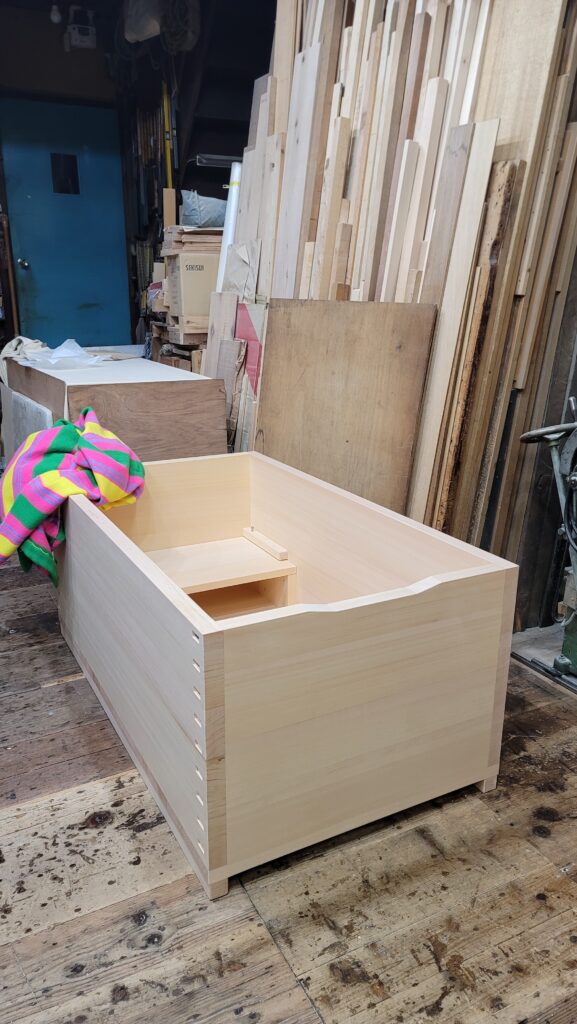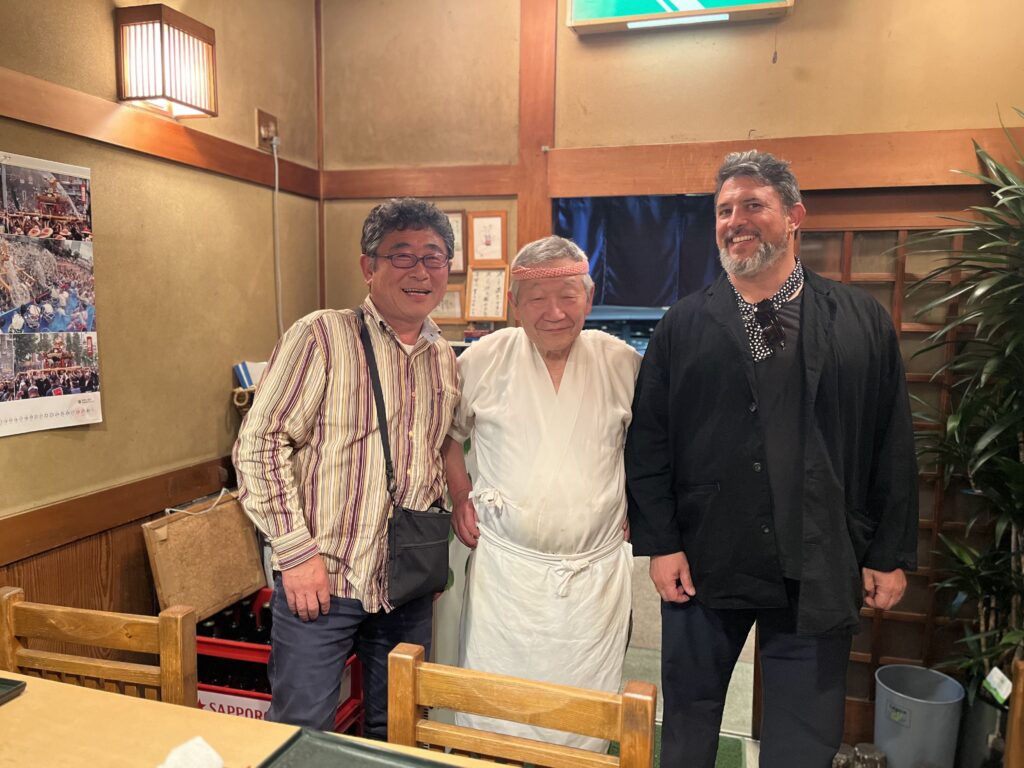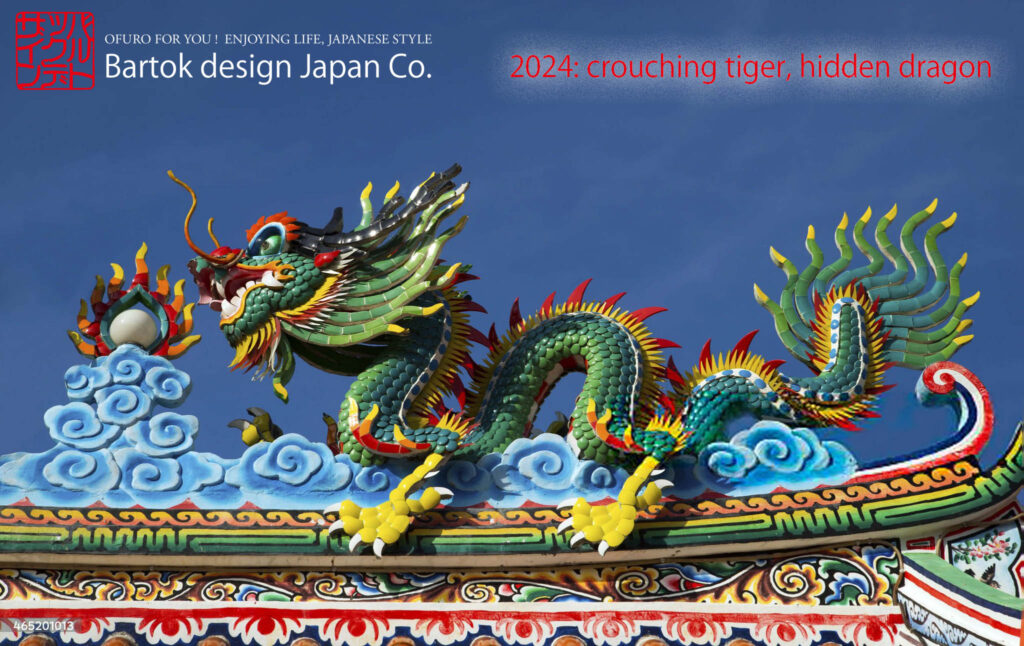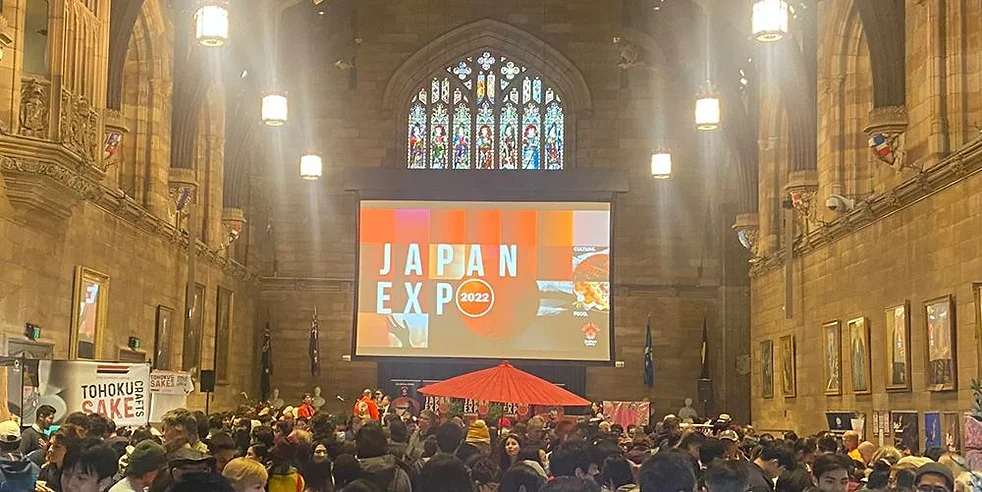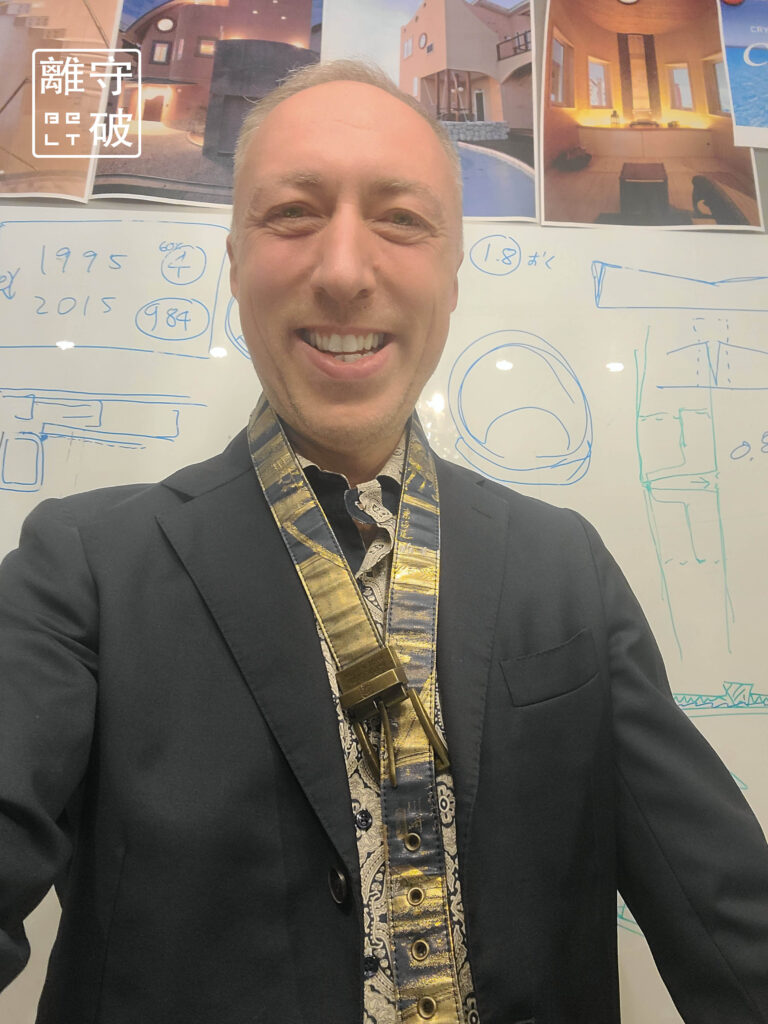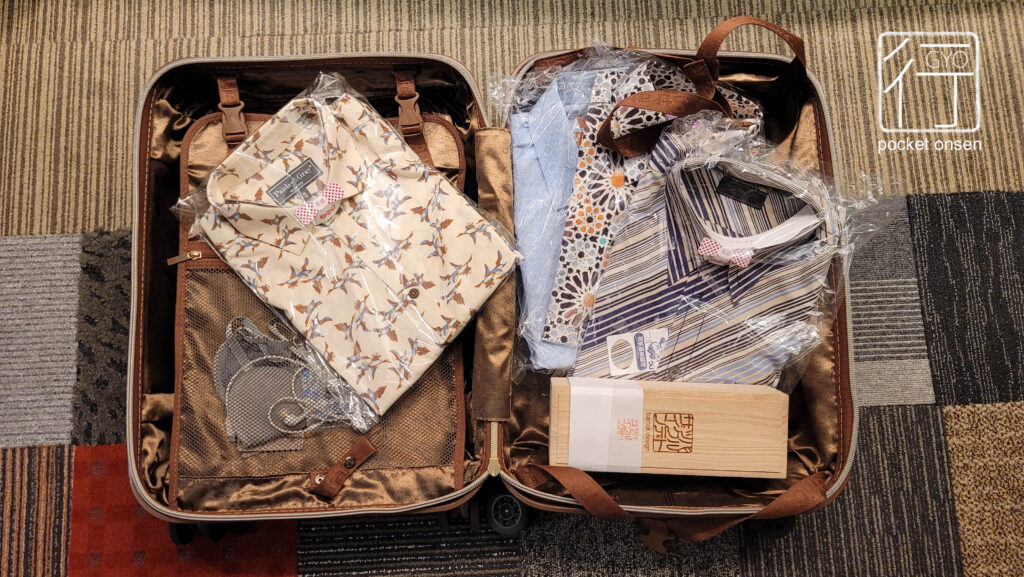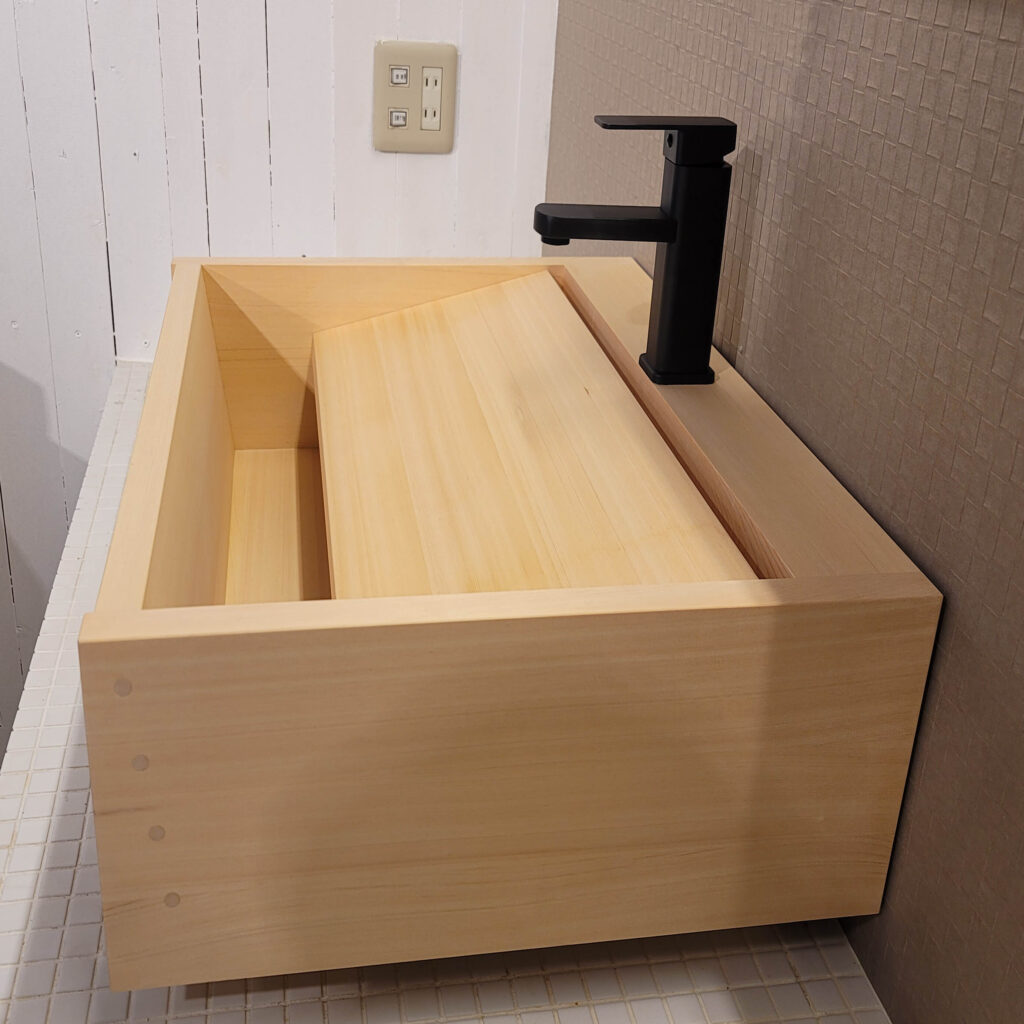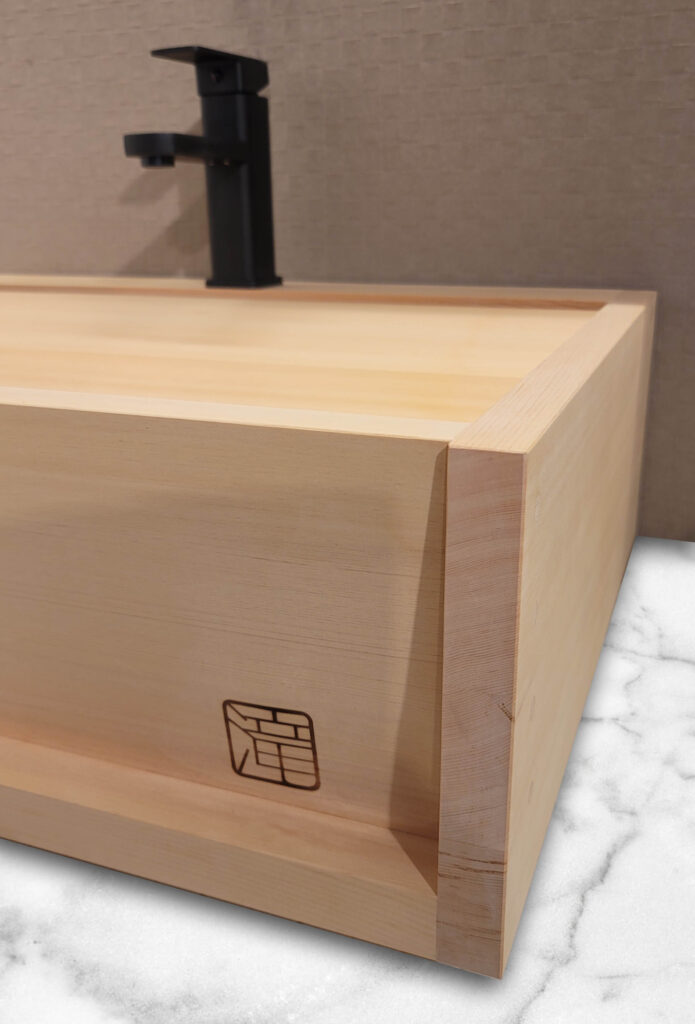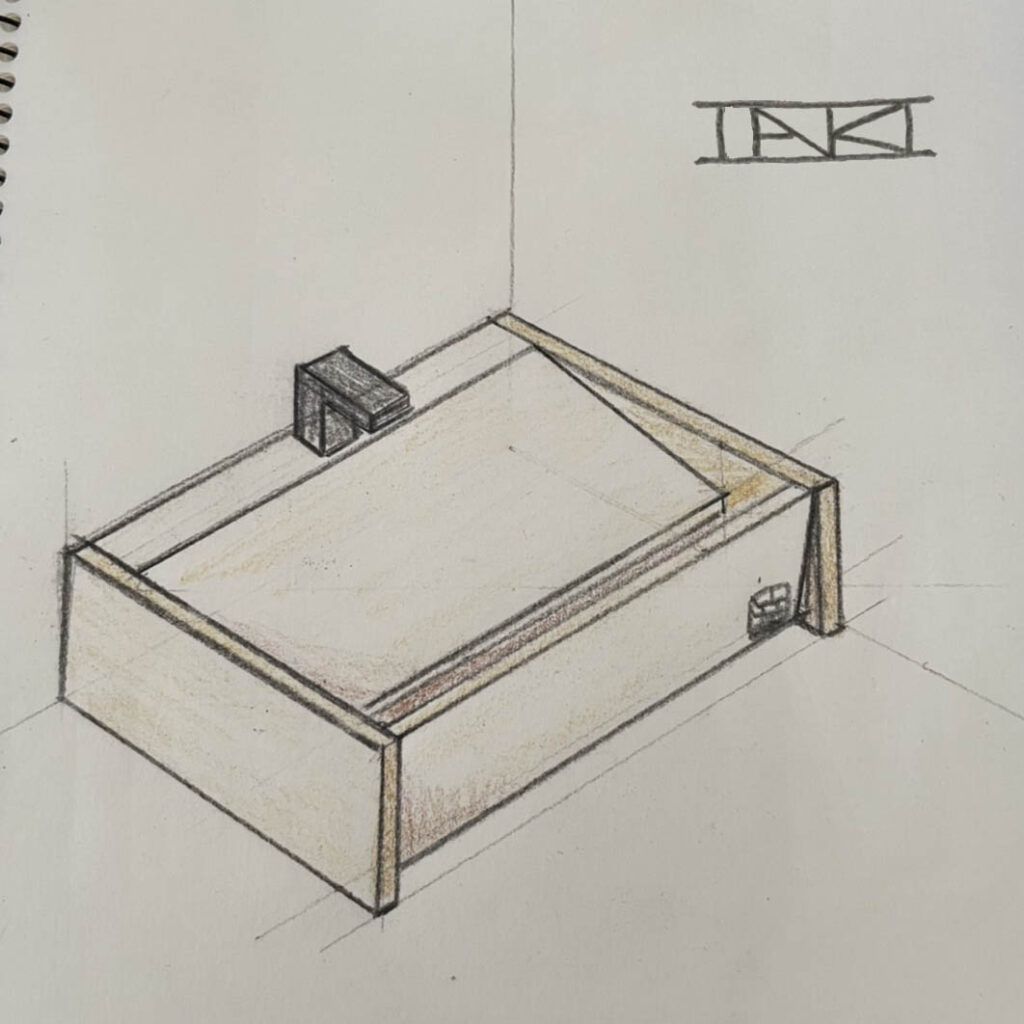Blind date in Dubai !?

Hi!
How are you?
In Japan we are suddenly experiencing cooler mornings and evenings.
Autumn, with its crisp air and shining sun, its foliage, and traditional festivals is here.
However, as I don`t like cold weather, autumn reminds me that winter is approaching, so I am already missing the torrid summer and feeling a little melancholic.
For this reason, as the shirts are replacing the T-shirts here in Japan, I decided to grab a few days’ extension of heat in sunshine Dubai!
Following on from 2000 and 2002, I was invited to the Global Family Office Investment Summit, a family office event, again this year.
If you are in Dubai, let`s meet on October 10th, 11th, and 12th✨
https://dubai-summit.com/agenda.pdf
I’m also planning to give a 5-minute presentation speech: I’m going to talk about opportunities for sponsoring projects and events at the Osaka Expo (Belgian pavilion, tea room project and others).
It will be easier for me to meet on the 12th as I am free from the morning until my 23:00ish flight.
But what is the tea room project?
As you may know, I am now involved in some “2025 Osaka Expo” pavilion construction projects (Italy, Belgium, Spain, Serbia, Mozambique, Botswana, San Marino, Uruguay, Panama etc.)
Actually, I was also the AoR for the Indian pavilion, designed by Rajeev Sethi. We obtained the building permits at the end of May.
Anyway, the Indian trade promotion agency had some internal troubles and decided to switch to a prefabricated pavilion, the infamous X-type (;゚Д゚)
This is very sad because the pavilion was beautiful and expressed the arts and crafts of India.
But there is another “missed opportunity” element: a famous Japanese architect, (let’s call him KK) designed a tea room for the project. But of course also this part is going to be aborted (;゚Д゚)
The tea room has a very powerful symbology as a tool to spread mutual understanding: it is the quintessential tool for implementing peace.
The original concept of Rajeev was to use the tea room to arrange top-level and highly symbolic one-to-one meetings between heads of state because as you know tea ceremony is all about two people leaving their weapons and armor outside and opening to each other differences.
Actually, KK is very passionate about this project. I never saw him deeply involved in other pavilions he designed (Portugal, Malaysia, etc.) but he flew with 2 assistants to India and met with Indian craftsmen just 1 week before the shocking turnaround from the ITPO ( ;∀;)
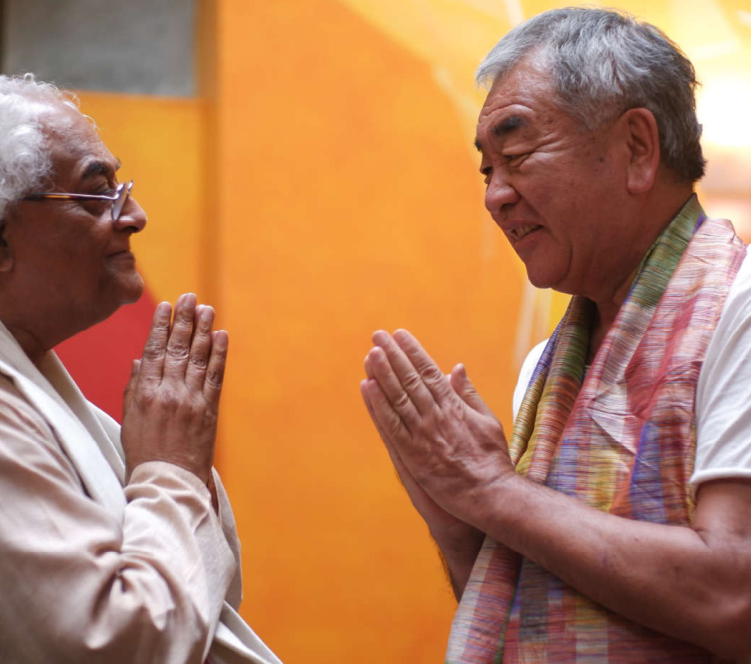
I can privately share his design and the heartwarming photos of his trip to India to those interested.
But I did not give up on the dream to create the tea room anyway: actually up to 5 of them with different designs (the sketch below is a placeholder).

I am in contact with E-design (the company managing the design of the exterior areas under the design supervision of Arch. Fujimoto – the designer of the ring)
To cut a long story short, I am looking for ideas and sponsors to make this project happen but there is a very tight timeline to take control of the situation.
The teahouse project can be sponsored directly (for instance by offering tea in cups with a logo on them) and indirectly (as naming rights, through the media and news feeds) and can even be managed to produce sales.
Needless to say, after the expo is over, the sponsor would have the right to reuse and transfer the tea room anywhere in the World – and I think that this “legacy” value alone is worth the involvement.
(To build the tea room and 240m2 original design Japanese garden we will need the sponsor to invest about 1 million USD)
I prefer not to share presentation material here for copyright and privacy reasons, but feel free to reach to me for further information.
Thank you for your attention!
iacopo

